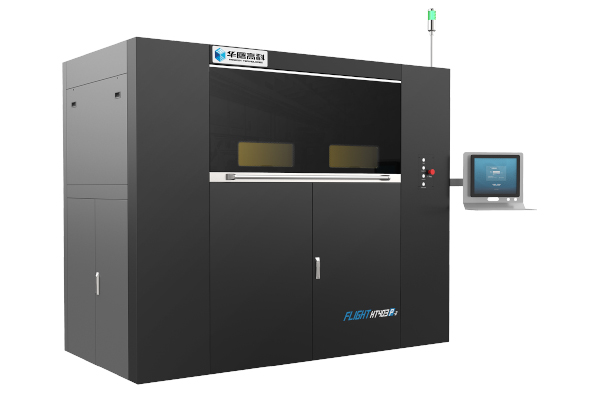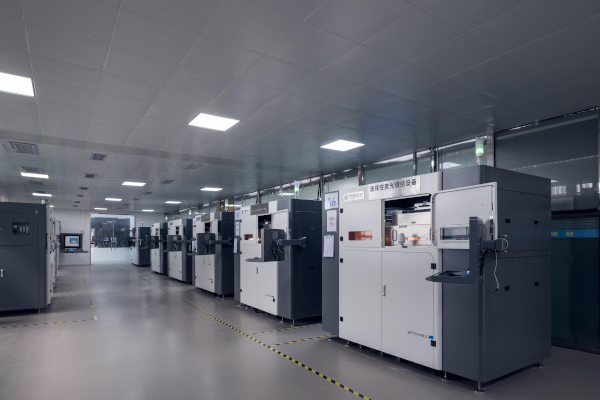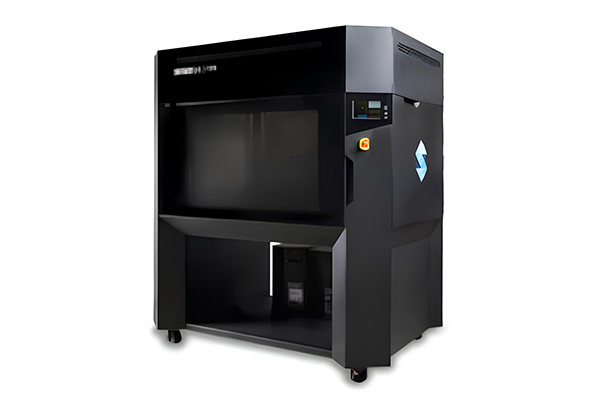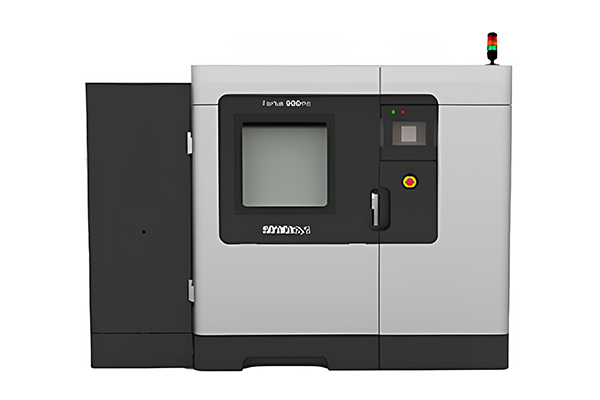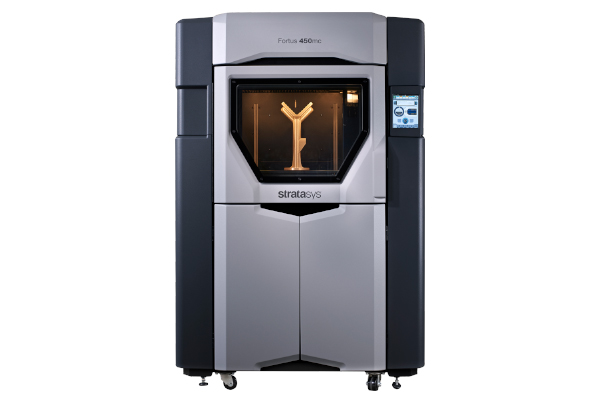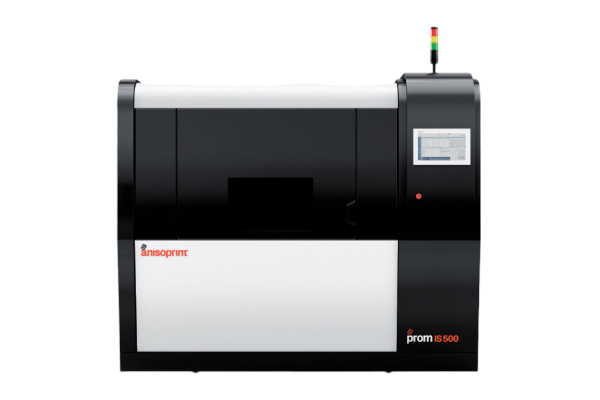SLS 3D Printing Flight403P
The Flight403P printer leverages multiple features to provide benefits over competing powder bed systems.Fewer consumables lowers your operational costs which ultimately reduces the cost per part.
The higher nesting density compared to other solutions increases productivity and also helps lower per-part cost.
Regardless of application, the H350 takes additive manufacturing to new levels of production.
-
Advantages of Flight403P SLS Equipment:
High Precision Manufacturing
Material Versatility
Rapid Production Speed
Large Build Volume
No Need for Support Structures
Reliable Stability
Flexibility and Customization
-
Commonly used materials for SLS 3D printers and their characteristics and applications:
1. Nylon (polyamide, PA)
Nylon is the most commonly used material in SLS technology, with good mechanical properties and chemical resistance.
PA 12:
Features: high strength, good surface quality, wear resistance, chemical corrosion resistance.
Applications: functional prototypes, mechanical parts, automotive parts, consumer products.
PA 11:
Features: higher flexibility, impact resistance, chemical resistance, biocompatibility.
Applications: flexible parts, pipes, sports equipment, medical equipment.
2. Glass fiber reinforced nylon
Glass fiber is added to nylon to improve the rigidity and thermal stability of the material.
Features: higher stiffness, heat resistance, dimensional stability.
Applications: high-strength structural parts, aerospace parts, industrial tools.
3. Carbon fiber reinforced nylon
Carbon fiber is added to nylon to improve strength and lightweight performance.
Features: high strength, lightweight, excellent mechanical properties.
Applications: high-performance sports equipment, aerospace components, automotive parts.
4. Thermoplastic polyurethane (TPU)
TPU is an elastic material with rubber-like flexibility and elasticity.
Features: high elasticity, wear resistance, tear resistance, oil resistance.
Applications: flexible parts, seals, insoles, shock pads.
5. Composite materials
SLS technology can also use a variety of composite materials, such as mixtures of nylon with aluminum, ceramics or other fillers.
Features: enhanced mechanical properties, thermal properties or conductivity.
Applications: special functional parts, conductive parts, high temperature resistant parts.
6. Other high-performance polymers
With the development of materials science, SLS technology is also constantly expanding its material range, such as:
PEEK (polyetheretherketone):
Features: high strength, high temperature resistance, chemical corrosion resistance, biocompatibility.
Applications: aerospace, medical implants, industrial parts.
PEKK (polyetherketoneketone):
Features: excellent mechanical properties and heat resistance.
Applications: high-performance engineering parts.
Advantages of SLS materials
High strength: SLS-printed parts have isotropic mechanical properties and are suitable for functional parts.
No support structure required: Unsintered powder naturally supports the parts, reducing the amount of post-processing work.
High design freedom: Complex geometries, internal structures and thin-walled parts can be manufactured.
Application areas
Industrial manufacturing:
Functional prototypes, jigs, fixtures, mechanical parts.
Medical:
Customized prostheses, orthotics, surgical guides.
Aerospace:
Lightweight parts, drone parts.
Consumer products:
Footwear, glasses, electronic product housings.
Automotive:
Pipes, brackets, interior parts.

